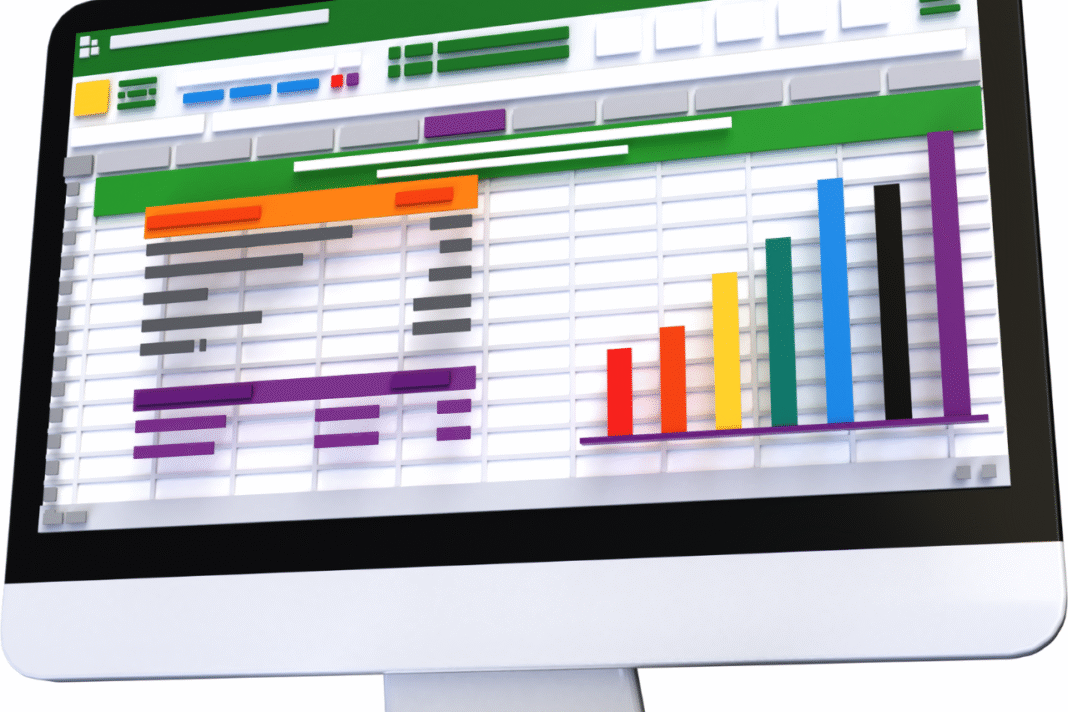A well-written business proposal can be the key to landing a new client. It’s your chance to show a potential customer not only what you can do but why you’re the right person or business for the job.
If you’ve ever wondered how to write a compelling business proposal that gets results, this guide is for you. Whether you’re pitching a service, offering a product, or responding to a formal request for proposal (RFP), you’ll find actionable tips and a clear format to follow.
What Is a Business Proposal?
A business proposal is a formal document that outlines the service or product you’re offering to a potential client, explains how you’ll solve their problem, and details why you’re the best choice.
Business proposals are typically used to:
- Pitch services or projects to clients
- Respond to RFPs from organizations or government agencies
- Showcase your approach, timeline, and pricing
Business Proposal vs. Business Plan: What’s the Difference?
While they may sound similar, a business proposal is not the same as a business plan. Here’s the difference:
- A business plan outlines how your company operates and makes money. It’s mainly used to attract investors or secure funding.
- A business proposal, on the other hand, is a sales document that pitches your services or products to a specific client. It’s about solving their problem not explaining your entire business model.
Types of Business Proposals
There are two primary types of business proposals:
- Solicited Proposals: These are requested by a client, often in response to an RFP.
- Unsolicited Proposals: These are sent out proactively, without a formal request, in hopes of winning new business.
While both can be effective, solicited proposals usually offer a higher chance of conversion, since the client is already seeking a solution.
What to Include in a Business Proposal
A successful proposal addresses three core elements:
- The Client’s Problem – Clearly identify their need or challenge.
- Your Proposed Solution – Explain how you plan to solve the problem.
- Your Pricing – Break down your costs and provide transparent pricing.
Here’s how to structure your proposal, step by step.
1. Title Page
Start with a professional title page. Include:
- Your company name and logo
- The proposal title
- The client’s name
- The date of submission
- Your contact information
2. Table of Contents (Optional but Helpful)
If your proposal is more than a few pages long, include a table of contents to make navigation easy especially if you’re submitting a digital copy.
3. Executive Summary
Your executive summary should immediately grab attention. Highlight the key benefits of your offer and why your company is uniquely positioned to help.
Keep it concise, persuasive, and client-focused. Think of it as your business proposal’s elevator pitch.
4. Problem Statement
Define the issue your prospective client is facing. Show them you understand their situation. This helps build trust and sets the stage for your solution.
Tip: Restate the problem in your own words to demonstrate clarity and insight.
5. Proposed Solution & Methodology
Now it’s time to present your game plan.
Explain:
- What you will do
- How you will do it
- What makes your approach effective
Avoid technical jargon and focus on clarity. The goal is to reassure the client that you can deliver results.
6. Qualifications and Experience
Showcase your credibility here. Mention relevant:
- Projects you’ve completed
- Certifications or licenses
- Industry experience
- Client testimonials or case studies
Use this section to reinforce why you’re the best choice for the job.
7. Timeline and Milestones
Outline the expected timeline for project completion. Include:
- Key phases or milestones
- Deadlines or deliverables
- Review points or checkpoints
This gives your client confidence that you’ll stay on track and deliver on time.
8. Pricing and Payment Terms
Detail your pricing structure clearly. Depending on your offer, use a:
- One-time fee summary
- Fee schedule for ongoing services
- Line-item cost breakdown
Also outline:
- Accepted payment methods
- Due dates or milestones for payment
- Any optional add-ons or discounts
Make sure your pricing is transparent and easy to understand.
9. Legal and Compliance Information (If Applicable)
If permits, contracts, licenses, or legal requirements are involved, include this in your proposal. This is especially important for highly regulated industries like construction, health, or finance.
10. Benefits and Final Pitch
Reinforce why the client should choose you. Recap the value you bring, the benefits of your solution, and what sets you apart.
This is your final push be confident, concise, and persuasive.
How Long Should a Business Proposal Be?
There’s no strict rule, but your business proposal should be long enough to fully explain your offer, and no longer. Quality beats quantity.
Generally:
- Simple service proposals: 2–5 pages
- Complex projects or RFPs: 10–20 pages or more
Keep it focused, use headings and bullet points, and make it visually clean and easy to skim.
Conclusion
Writing a winning business proposal doesn’t have to be overwhelming. By following a clear structure, focusing on your client’s needs, and presenting your solution with confidence, you can create proposals that convert leads into loyal clients.




